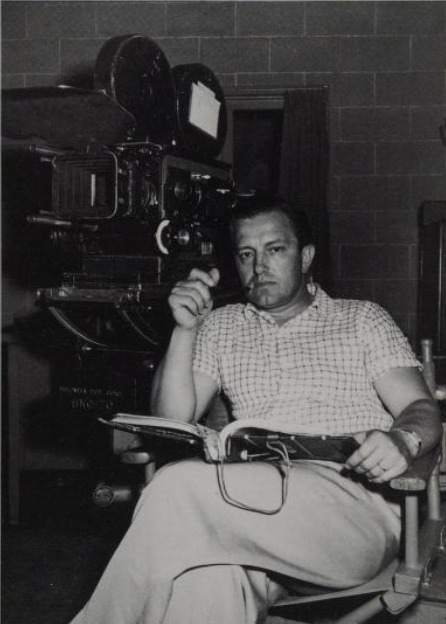Edward Dmytryk
Edward Dmytryk Faces HUAC
Edward Dmytryk's experience with the House Un-American Activities Committee (HUAC) starkly exemplifies the complex personal and professional dilemmas faced by individuals during the Hollywood blacklist era. As a successful director, his alleged Communist Party affiliations made him a notable target for HUAC, leading to his involvement with the infamous Hollywood Ten. Dmytryk's refusal to disclose Communist ties or name associates in the film industry resulted in a prison sentence and his subsequent blacklisting, which significantly stymied his career.
Dmytryk Names Names to HUAC
After serving his sentence, Dmytryk encountered a critical juncture that would ultimately reshape his professional trajectory. In a marked departure from his initial defiance, he chose to cooperate with HUAC in 1951, providing names of colleagues he claimed were Communists. This controversial decision facilitated his return to Hollywood, yet it also incurred severe personal repercussions, including the estrangement from many former peers who considered his actions a profound betrayal.
Career Revival Amid Moral Conflict
Despite the contentious nature of his return, Dmytryk managed to direct several successful films post-cooperation, such as The Caine Mutiny (1954) and Warlock (1959). These works not only revived his career but also often delved into themes of personal and moral conflict, perhaps reflecting his own ethical struggles and public vilification. His ability to re-enter the mainstream of Hollywood highlights the dual nature of the blacklist: while it suppressed many, it also presented opportunities for redemption, albeit at a significant personal and ethical cost.
Blacklist's Broader Impact on Cinema
Moreover, Dmytryk's later career serves as a lens through which to view the broader impact of the blacklist on American cinema. The era was characterized by a noticeable shift towards more conservative and less politically engaged films, a direct consequence of the industry's pervasive fear of association with anything deemed subversive. This climate not only curtailed the creative risks filmmakers were willing to take but also stifled the political discourse within Hollywood, leading to a period dominated by safer, uncontroversial film production. Dmytryk's journey through this tumultuous period underscores the blacklist's enduring impact on the artistic and moral fabric of Hollywood, highlighting the nuanced interplay between personal survival and artistic integrity.
